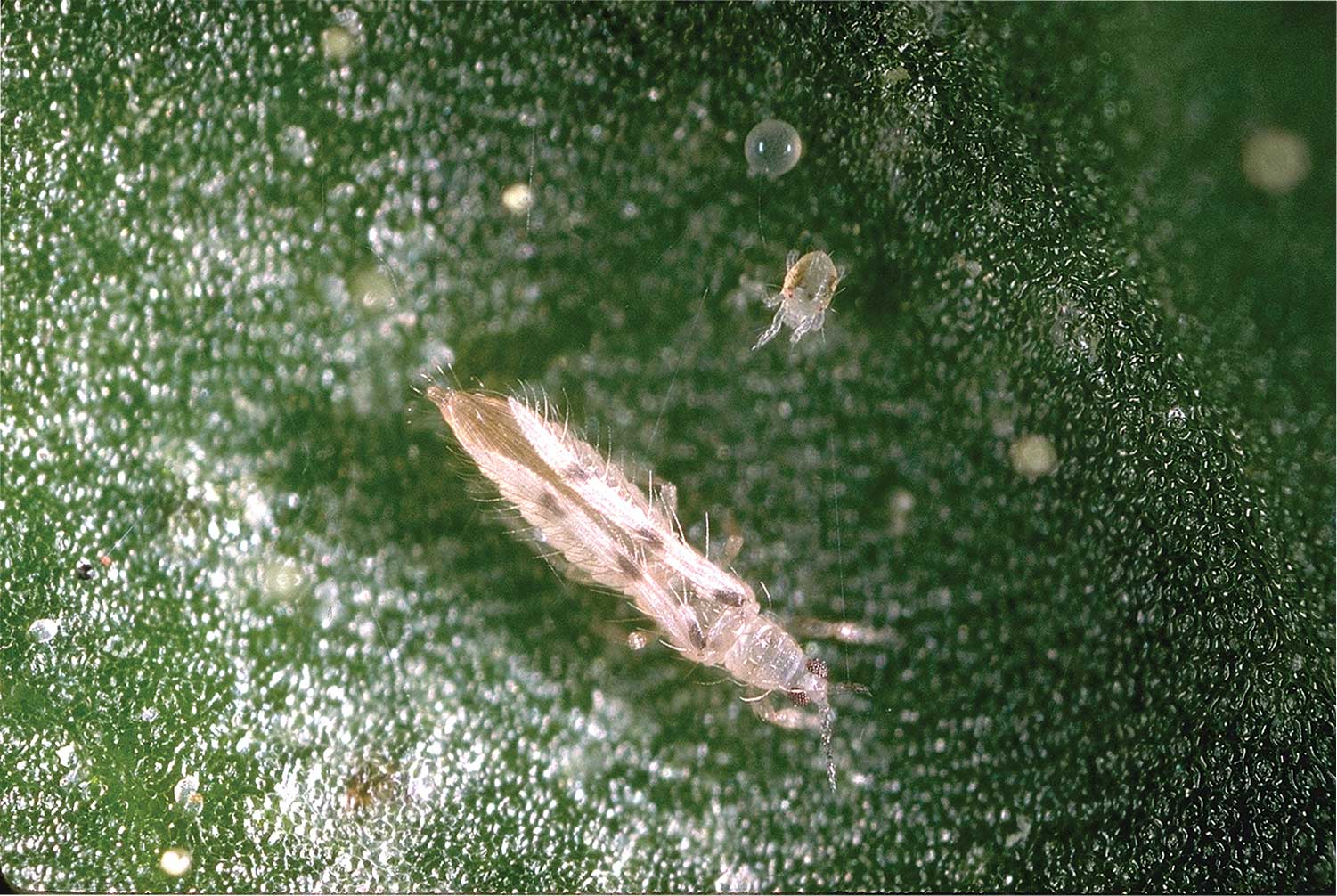
Spider mites last year were a significant concern in some walnut orchards, prompting experts to advise monitoring early, particularly in walnut orchards that demonstrated a history of mite problems.
Typically, mites in nut orchards can best be addressed by allowing naturally occurring predator populations to build and control those mite pests. But early in the season, mites can be more of a problem, and treatment decisions should be based on monitoring beginning in early May.
David Haviland, UCCE Entomology Farm Advisor in Kern County, drawing on experience largely on almonds in Kern Co., said treatment decisions for mites in walnuts, as in almonds, are based largely on presence/absence of mite-infested leaves and natural predators on those infested leaves. Monitoring for mites tells a grower how many mites there are currently, while monitoring for natural predators indicates how many mites there will be.
A monitoring form on the UC IPM website provides a valuable tool for monitoring for spider mites. Select 10 trees, five leaflets from bottom and five from top of tree, and look for presence/absence of mites, Western predatory mites and six-spotted thrips, the primary natural enemies of spider mites. Fill out the form to determine treatment thresholds.
“You should quickly realize that the number of mites matters, but every one of these thresholds is really dictated by the number of predators,” Haviland said. “So, if you’re just looking at mites, you are missing the point. Predators are every bit as important.”
Based on weekly sampling, if no broad-spectrum applications of OPs or pyrethroids have been used, when predators are present on fewer than 10% of mite-infested leaves, spray once 30% to 40% of leaves are infested with mite pests. If predators are present on 20% to 50% of infested leaves, spray if 40% to 50% of leaflets are infested. And if predators are present on more than half of mite infested leaves it is safe not to treat.
In orchards where those broad-spectrum insecticides may have disrupted the balance of beneficials, tolerances for treatment are much lower. Haviland recommends spraying if predators are present on fewer than 10% of mite-infested leaves and 10% of leaves have spider mites, or if predators are present on more than 10% of mite-infested leaves spray when 20% of leaves have spider mites.

Marni Katz
Marni Katz has lived and raised her family in the San Joaquin Valley for nearly 30 years. In that time, she has covered agriculture for a number of leading ag publications and organizations and gained a reputation for understanding and digesting complex information and presenting it to growers. She enjoys learning about new ways growers can farm more profitably and efficiently, and working with researchers and stakeholders to bring that information to the growing community. In her free time, Marni plays saxophone with jazz groups throughout the Valley and is an avid tennis nut.















